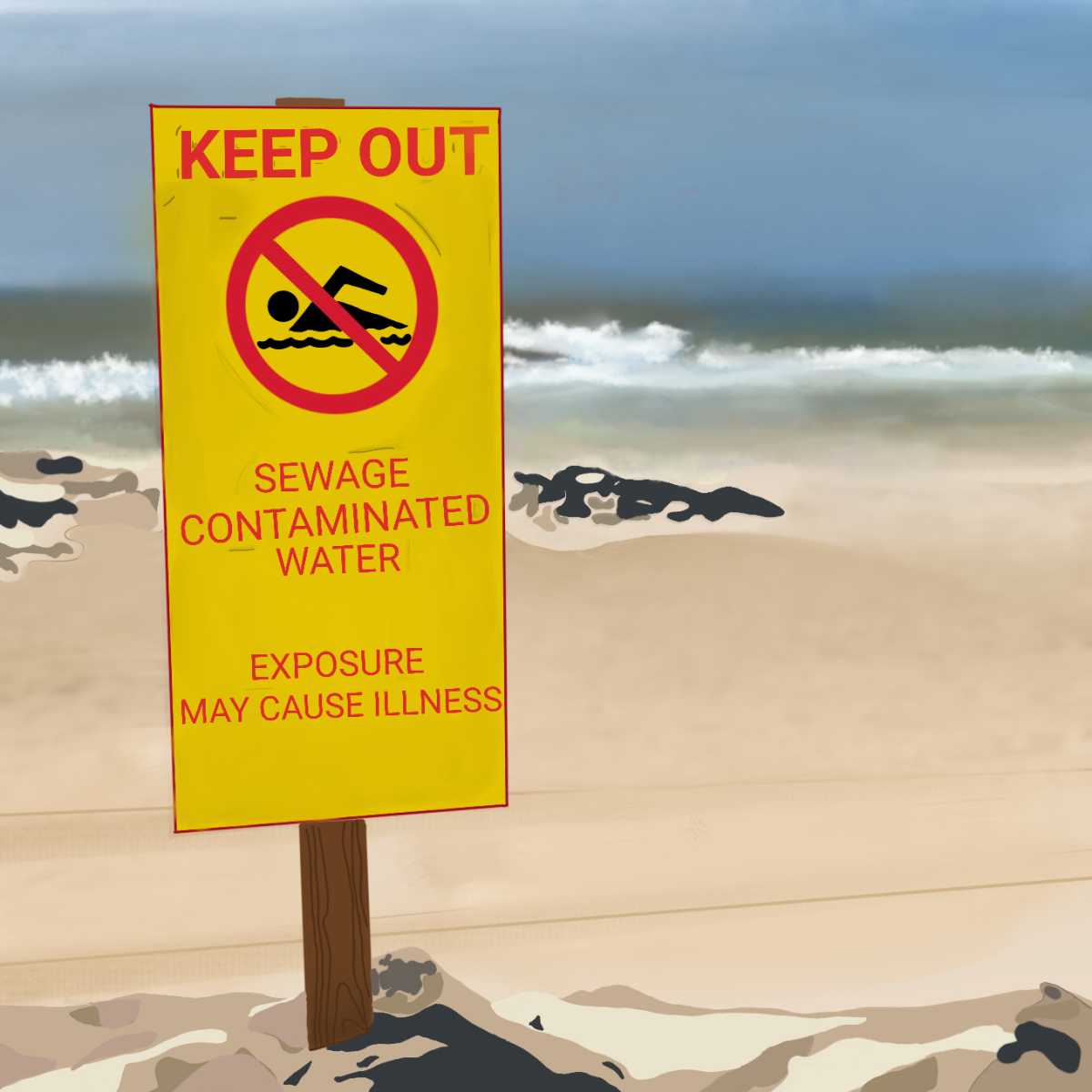The Tijuana sewage crisis has been an ongoing issue for the past few years. Raw sewage from Tijuana, Mexico, flows into the Tijuana River and eventually reaches the Pacific Ocean. Countless communities along the United States (U.S.) and Mexico border grapple with the consequences. This pollution poses significant environmental and public health risks. The effects on California primarily impact the border region near San Diego.
Since 2017, promises to tackle the crisis have been made by various levels of government on both sides of the border. Initiatives were proposed, including the construction of wastewater treatment facilities in Tijuana. However, progress has been slow and inconsistent, leaving many to question the sincerity of these commitments.
Residents, environmentalists and advocacy groups have voiced their concerns and frustrations regarding the perceived lack of urgency in the government addressing the crisis. These environmental activists and concerned citizens continue to push for more immediate action from U.S. authorities and specifically point out the insufficient progress from the Governor of California, Gavin Newsom.
They argue that a proactive and collaborative approach is essential to mitigate the escalating environmental damage and to safeguard public health. They highlight the idea that Newsom must use his emergency authorities to waive state regulations. This would expedite solutions to fix the water from the Tijuana River as problems begin to slowly worsen people’s health, the economy of this area and the danger for wildlife.
The pollution originating from the Tijuana River has a direct impact on beach water quality, resulting in frequent beach closures. According to the LA Times, a daily newspaper based in Los Angeles, featured a San Diego Union-tribune article by Joshua Emerson Smith, closures and warnings are crucial measures to safeguard beachgoers from elevated levels of bacterias and viruses.
Contaminants, including raw sewage, make their way into the water around the coastal areas of California, thus posing significant risks to public health, making it unsafe for people to swim or engage in water-related activities. Those who do make contact with the contaminated water are even told that they could be exposed to risks of fevers, diarrhea, respiratory diseases, meningitis, paralysis and more severe diseases. Despite this, Newsom is not taking action to resolve this issue as it is deemed as “unnecessary.” Economic issues are undermining the solutions to the Tijuana Sewage Crisis and have made it difficult to resolve.
While solutions do exist, a critical barrier stands in the way—a severe shortage of funding. This shortage has hindered efforts to implement vital measures to address this crisis effectively. As a “solution” to this ongoing issue, both the U.S. and Mexico need to pitch in money to fund the wastewater infrastructures which are known to help reduce the amount of waste that goes into the water. Though, an article by Julieta Soto, a reporter of The Coronado News, states that an impractical amount of money was funded for the wastewater infrastructures as the “main challenge is stretching an allocated $330 million from Congress and $144 million from Mexico.”
Without Newsom speaking on this crisis, it is difficult to raise the money needed to expedite necessary maintenance of wastewater treatment infrastructures which are vital in preventing the continued flow of raw sewage. Soto also reports from Area Operations Manager at International Boundary and Water Commissions Morgan Rogers that the “panel concluded that total costs to fix the sewage crisis range from $700 million to $1 billion.” The total amount of money from Congress and Mexico, funds only reach $474 million, which does not even reach the estimated total costs.
The insufficient financial resources have led to delays and suboptimal progress in upgrading these crucial facilities, leading to slow progression in cleaning up sewage which not only is detrimental to the health of humans, but also the wildlife and habitats. The continuing build-up of sediments, pollution and trash negatively impacts the habits that wildlife relies on to thrive. No One Is Actually in Charge of Solving the Border Sewage Crisis, an article written by Dianne Feinstein, a reporter from the Voice of San Diego, states that “the pollution from Mexico threatens sensitive wildlife habitat, including the Tijuana River’s National Estuarine Research Reserve, River Mouth State Marine Conservation Area and River Valley Regional Park Preserve.”
Wildlife habitats are homes to many species and are known to have high levels of biodiversity. The pollution alone can decline the biodiversity as their breeding grounds and feeding areas are contaminated, disrupting their life cycles and endangering their survival. Some species that have been affected include migratory birds and also fish. Altered water quality and sedimentation levels have disrupted the delicate balance necessary for these habitats to thrive.
After many years of advocating for a change in actions, Newsom finally says that “this has been an issue that San Diego communities have dealt with for far too long. It’s an important step forward that the work on this critical project will finally begin” as stated in an article by Ca.Gov, a website dedicated to news releases from the governor of California. Concerns on the lack of action has far-reached urgent intervention from U.S. authorities, more specifically Newsom, as many believe it is imperative to use his government powers to initiate regulations that will further aid solutions to fix water quality from the Tijuana River to U.S. coastal waters.








